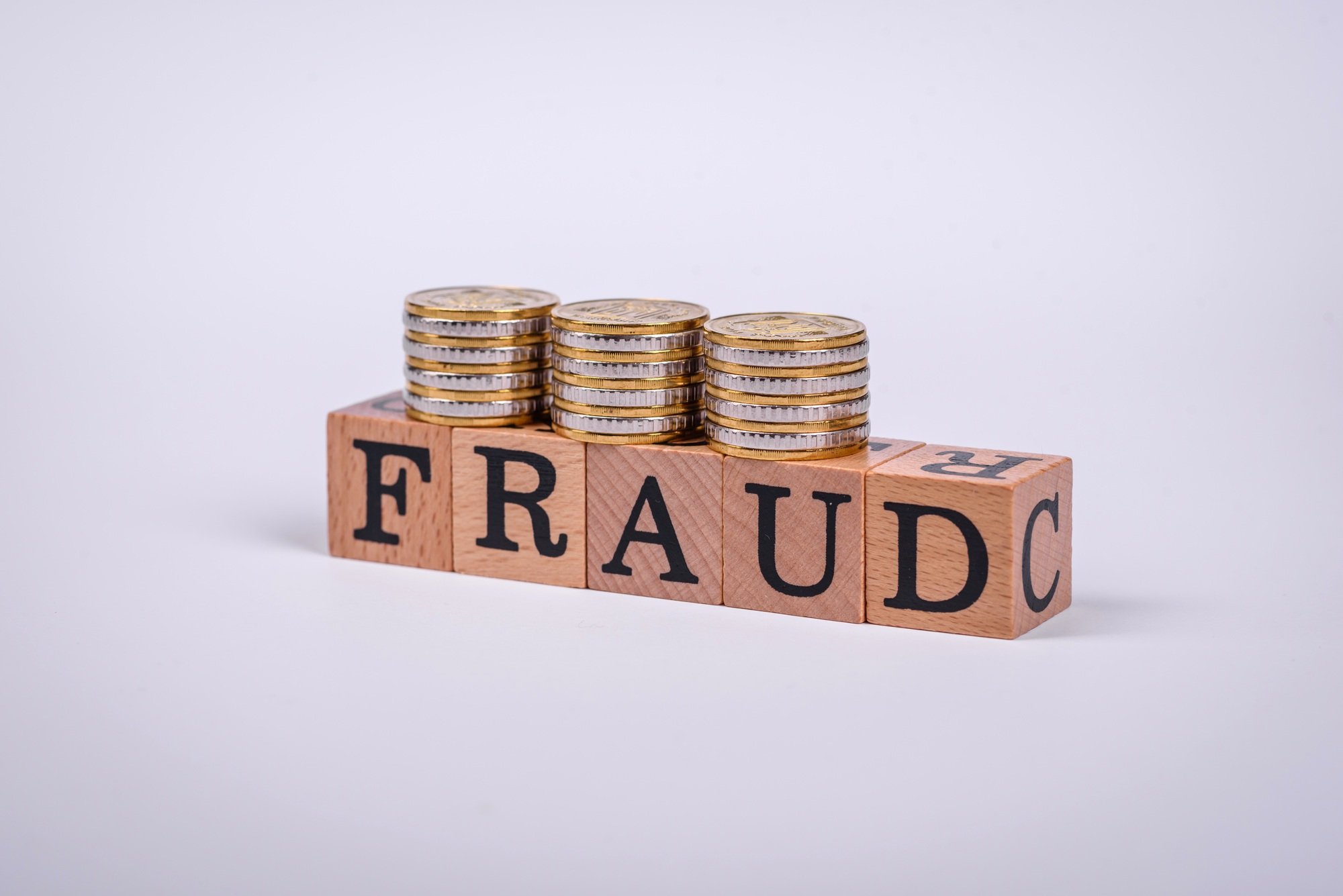Key Takeaways

- Definition of Return Fraud: Return fraud includes deceptive practices by customers to exploit return policies, such as wardrobing, receipt fraud, and return abuse, which significantly harm retailer revenues.
- Common Types: Familiarize yourself with various forms of return fraud, including wardrobing, fake returns, and online return fraud, to effectively monitor and manage fraudulent activities.
- Financial Impact: Retailers are projected to lose approximately $103 billion in 2024 due to return fraud, making it essential for businesses to implement effective management strategies to mitigate these losses.
- Customer Trust: Implementing stricter return policies may protect against fraud but can also strain relationships with honest customers, highlighting the need for clear communication and balanced strategies.
- Technology Utilization: Leverage technology and data analytics for enhanced return management, enabling retailers to identify patterns of fraudulent returns and make informed policy adjustments.
- Legal Risks: Return fraud is considered theft under various laws, and small businesses should be aware of local regulations to protect themselves from potential legal consequences associated with fraudulent activities.
In today’s retail landscape, return fraud is a growing concern that can significantly impact businesses. As consumers become more savvy about their rights, some take advantage of return policies, leading to losses for retailers. You might be surprised to learn just how common this issue is and the various forms it can take.
Understanding return fraud is crucial for both businesses and consumers. It’s not just about dishonest returns; it also involves the complexities of online shopping and the challenges of verifying purchases. By recognizing the signs and implications of return fraud, you can better navigate the retail environment, whether you’re a shopper or a retailer looking to protect your bottom line.
Understanding Return Fraud

Return fraud significantly impacts small businesses, making it crucial for you to grasp its implications. This phenomenon includes not only dishonest return activities but also challenges that come from online transactions and verification processes.
Definition of Return Fraud
Return fraud entails any deceptive attempts by customers to exploit a retailer’s return policies. It involves situations where customers return items without intent to purchase, such as using products temporarily before returning them. This type of fraud undermines your revenues and can strain your return resources.
Common Types of Return Fraud
You may encounter various forms of return fraud, including:
- Wardrobing: Customers purchase items, use them briefly, and then return them as if they were never used. This is common with clothing and electronics.
- Receipt Fraud: Individuals fabricate or alter receipts to return items that they didn’t actually buy from your store.
- Return Abuse: Frequent returns by a single customer without legitimate reasons indicate potential fraud. These customers may repeatedly buy items for temporary use.
- Fake Returns: Customers attempt to return items that were stolen or purchased from other retailers, presenting you with a loss.
- Online Return Fraud: This occurs when customers manipulate online systems to return digital products or misrepresent the condition of returned items, especially in e-commerce settings.
Being aware of these types can help you create better policies, monitor return behaviors, and protect your small business’s interests.
Impact of Return Fraud on Retailers

Return fraud significantly impacts retailers’ financial health and customer relationships. Understanding these effects is crucial for running a small business successfully.
Financial Losses
Return fraud leads to substantial financial losses. In 2024, fraudulent returns are expected to account for 15.14% of all retail returns, costing retailers approximately $103 billion. For small businesses, this amount is devastating. Losses stem from direct refunds for stolen, counterfeit, or non-resalable goods. Additionally, increased operational costs arise from processing and managing these fraudulent returns. Unsold, damaged items or substitutions with counterfeit goods complicate the situation further, exacerbating losses. Effective management strategies are essential to mitigate these financial burdens.
Effects on Customer Trust
Stricter return policies implemented to combat fraud can strain customer relationships. As a small business, balancing fraud prevention with customer satisfaction is critical. Tightening return policies may alienate honest customers who value flexible return options. Maintaining trust while protecting your business from return fraud requires clear communication about policies and potential consequences for fraudulent activities. Building strong relationships with customers helps create a loyal base, which is vital for long-term success in the retail market.
Strategies to Prevent Return Fraud

Preventing return fraud requires a strategic approach that enhances your small business’s defenses and maintains customer relationships.
Implementing Strict Return Policies
Define the terms and conditions of your return policy meticulously. Set clear time limits for returns, outline the required condition of items, and specify necessary documentation such as receipts and tags. This clarity helps you manage customer expectations and reduces fraudulent returns. Specify acceptable conditions for items, such as original packaging and attached tags, to aid in recognizing legitimate returns. You create a more straightforward process for your business and protect your bottom line.
Utilizing Technology and Data Analytics
Leverage technology and data analytics to strengthen your return management process. Use point-of-sale systems that track purchase histories, allowing you to compare return claims against sales records. By closely monitoring patterns in returns, you identify inconsistencies that might suggest fraudulent activity. Implement advanced analytics to analyze return trends in your small business, which helps you make informed decisions on necessary policy adjustments based on data rather than assumptions. Employing technology not only aids in detecting fraud but also enhances operational efficiency.
Legal Implications of Return Fraud

Return fraud poses serious legal risks for small businesses. Engaging in deceptive practices to obtain refunds or exchanges can lead to significant financial repercussions and legal actions. Understanding these implications is crucial for protecting your business.
Relevant Laws and Regulations
Return fraud is defined as theft under various laws. In California, for instance, return fraud can be classified as a misdemeanor or felony based on the value of the goods involved. The California Penal Code stipulates that theft occurs when someone intentionally and unlawfully takes an item, intending to deprive the true owner of its use. Small businesses must stay informed about local laws regarding return fraud, as the legal landscape varies by state and can impact how you handle returns.
Consequences for Fraudulent Returners
Fraudulent returners risk facing severe penalties, including criminal charges, fines, and restitution. Legal actions can result in costly lawsuits, leading to a drain on resources for your small business. Additionally, dealing with return fraud may increase operational costs linked to managing returns and replacements. Implementing clear return policies can help deter fraud and provide a basis for any necessary legal action against fraudsters. Maintaining a proactive approach protects your business from significant legal repercussions.
Conclusion
Understanding return fraud is crucial for protecting your business from significant losses. By implementing clear return policies and leveraging technology, you can effectively combat fraudulent activities while maintaining customer trust. It’s essential to strike a balance between preventing fraud and ensuring a positive shopping experience for honest customers.
Staying informed about the legal implications can also help you navigate potential challenges. As you develop your strategies to address return fraud, remember that proactive measures not only safeguard your revenue but also enhance your brand’s reputation. With the right approach, you can turn potential threats into opportunities for growth and customer loyalty.
Frequently Asked Questions
What is return fraud in retail?
Return fraud is when customers exploit a retailer’s return policies through dishonest practices. This includes methods like wardrobing, receipt fraud, and fake returns, which undermine businesses and lead to significant financial losses.
How does return fraud affect small businesses?
Return fraud can be particularly devastating for small businesses, as it leads to direct losses from refunds and increases operational costs related to managing fraudulent returns, ultimately threatening their survival.
How much will return fraud cost retailers in 2024?
In 2024, it is projected that return fraud will account for 15.14% of all retail returns, costing retailers approximately $103 billion, highlighting the severe impact of this issue.
What strategies can small businesses use to combat return fraud?
Small businesses can combat return fraud by enforcing strict return policies, clearly defining terms and acceptable conditions for returns, and utilizing technology for better tracking of purchase histories.
Are there legal consequences for return fraud?
Yes, return fraud can lead to legal consequences, including misdemeanor or felony charges, fines, and restitution. Implementing clear return policies can help protect businesses from legal ramifications.
How can retailers balance fraud prevention and customer satisfaction?
Retailers can balance fraud prevention with customer satisfaction by communicating clear return policies and consequences for fraudulent behavior, ensuring honest customers feel valued while reducing fraudulent returns.
Image Via Envato



